Fall is the time to turn our attention to furnaces, gutters, drains and more
Modern homes are designed as one of our primary defenses against winter. They're a barrier against the elements as we wait for a more hopsitable season.
But our homes are not impervious to the harshness of our coldest months. Furnaces might fail, pipes can freeze and frost might form in places it shouldn’t, leaving us vulnerable.
We asked Mechanical Engineering Technology instructor Derek Walker (class of ’93) what to do to prevent such mishaps and more. All it takes is a few inexpensive materials and a good DIY attitude.
5 things that need doing outside
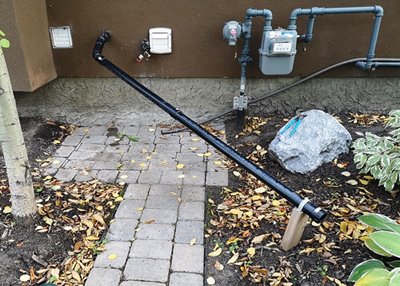
1. Disconnect the sump pump hose
Most newer houses have systems to move water away from the foundation, and they may involve a hose running from an exterior wall.
When snowed under, that hose will fill with ice, Walker warns, causing the sump pump to run in vain and burn out, which could lead to a flooded basement.
Replace the hose with a plastic pipe about eight feet long, and raise it to drain above the snow.
“It has to be sloped enough that water can drain out before it freezes,” says Walker. “That’s the trick."
2. Clean the gutters
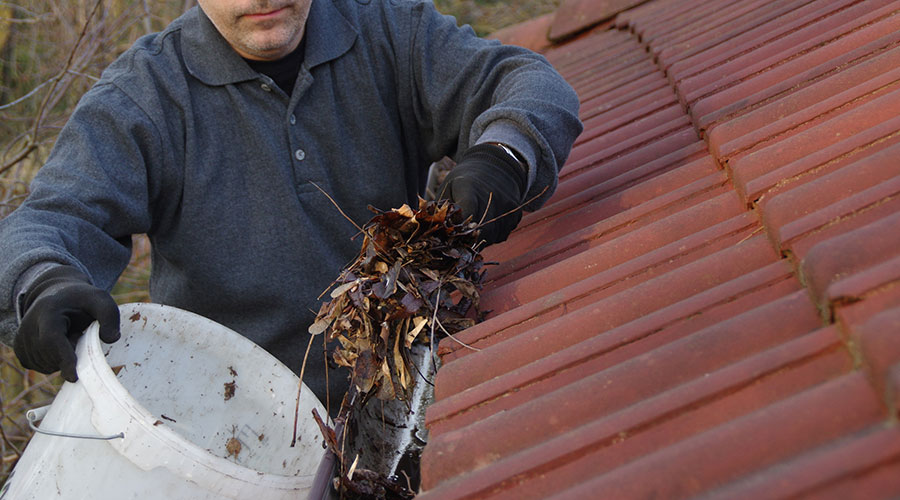
Snow can melt off a roof on a mild winter day. “If you’ve got water that can’t get out of the gutter because leaves are blocking it, it’ll freeze,” says Walker. “Gutters aren’t designed to have 100 pounds of ice in them.” He’s seen them ripped off the sides of houses.
To prevent that, a blower inserted at the end of the downspout before freeze up should send leaves back out the top. That’s the easy part. After that, Walker recommends manually removing debris by hand. Avoid spraying with water, as it could lead to clogs in those freshly cleared downspouts.
If your gutters are too high to reach, call a professional, Walker recommends.
3. Trim overhanging branches
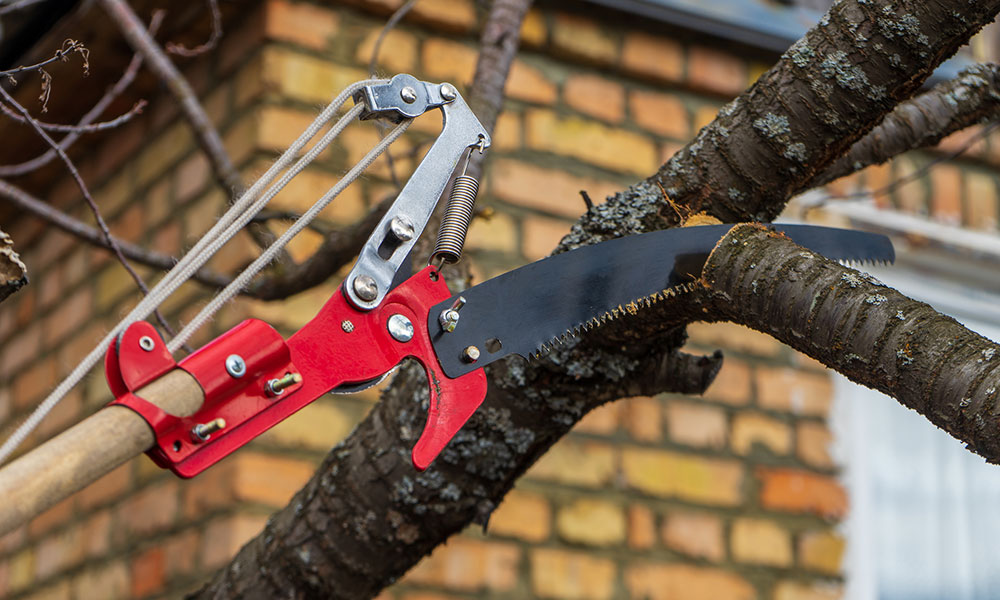
This will help keep those leaves from getting into the gutters in the first place, or boughs from dumping an extra load of snow onto the roof. Cut them back about a foot from the house.
4. Drain the garden hose and shut off the valves
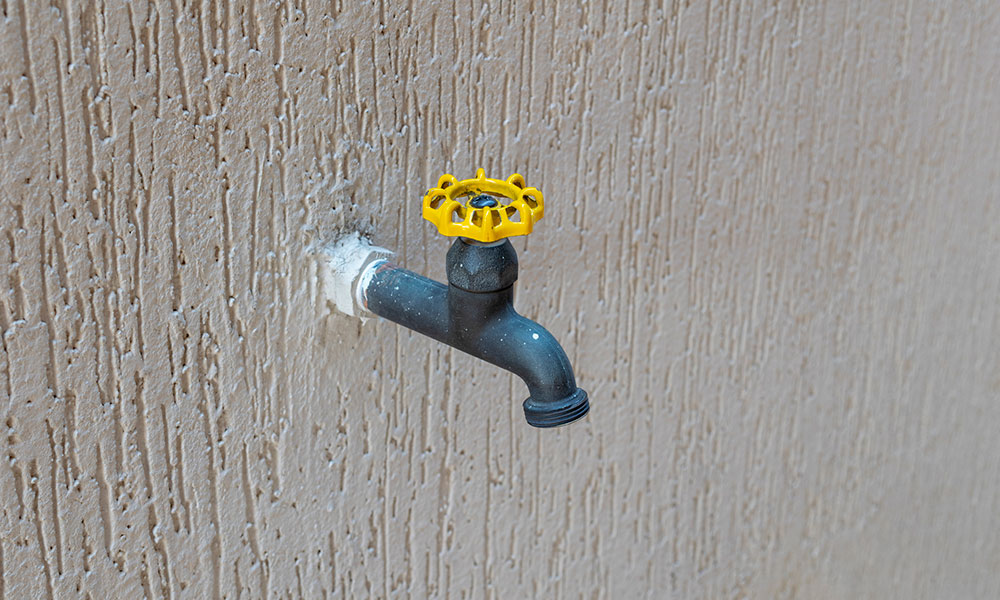
Disconnect the garden hose and let the water run out. If the tap isn’t part of a frost-proof hose bib, go inside and turn off the valve that feeds it, then go back out and open the tap to drain.
Miss this step and “it can easily freeze all the way back inside of the house and split the pipe,” says Walker.
5. Secure handrails and stair treads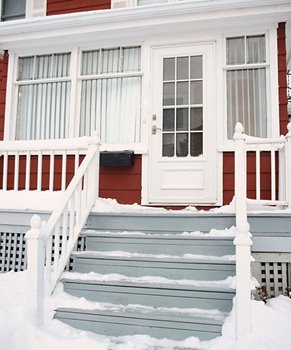
“In the winter, you’re much more likely to grab a handrail,” says Walker.
Make sure they’re stable. To deal with slippery exterior steps, he installed rubber treads, attaching them to the stairs with screws.
5 things that need doing inside
1. Seal drafts
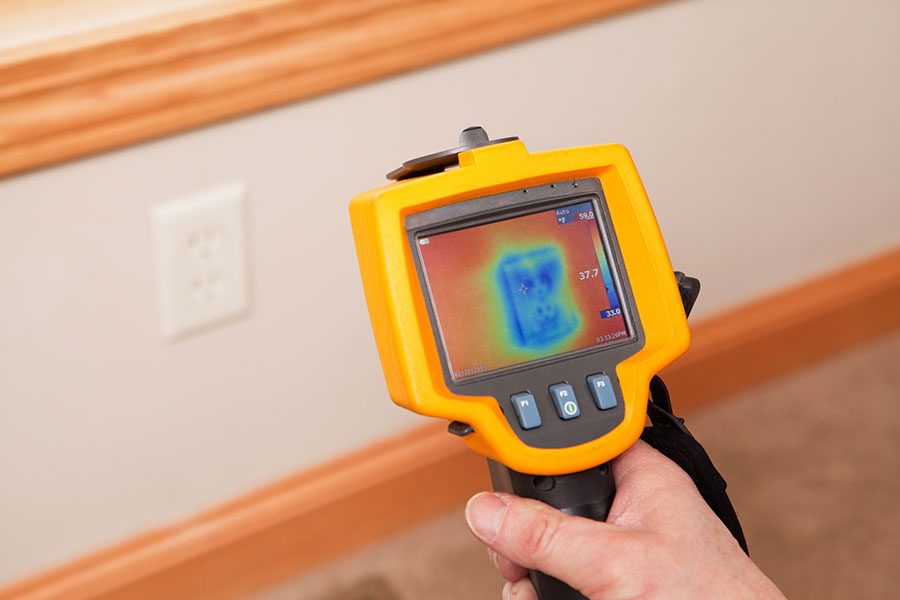
If you can see daylight around the exterior door, “that’s obviously an air gap,” says Walker. Fix it with weather stripping.
Other gaps might be invisible, such as those around attic hatches (use weather stripping here, too) and electrical receptacles. For the latter, remove the plate and install a foam gasket behind it. Caulking between the box and drywall will also block drafts.
“It makes the house a bit more efficient, a bit more comfortable.”
2. Inspect the fireplace
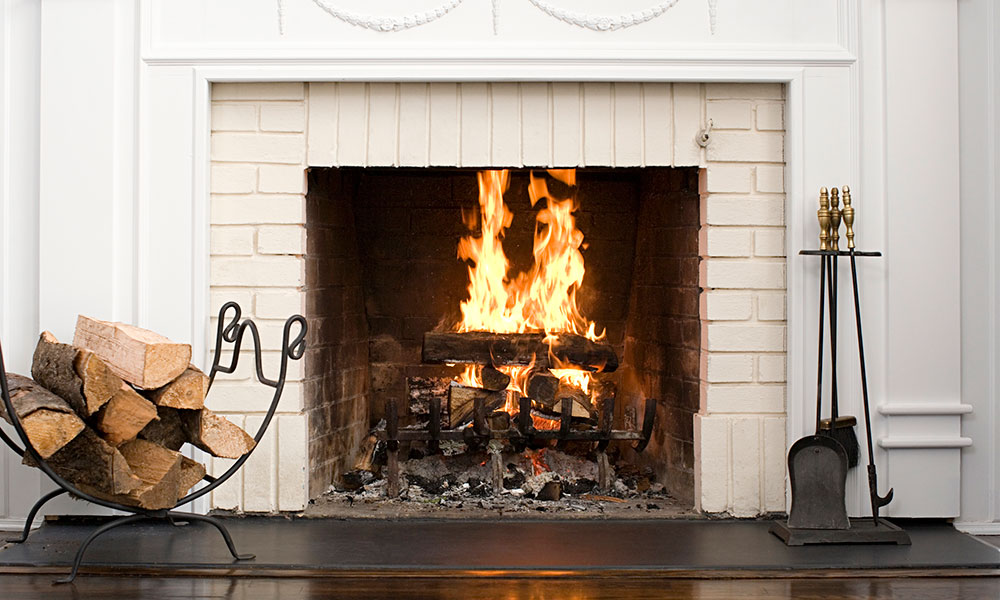
Walker knows that wood-burning stoves are less common in modern homes. Anyone still using them, however, should have them inspected. Also, consider burning dry birch or pine, he says, rather than poplar, which can speed the buildup of creosote, the cause of chimney fires. In any case, get it cleaned every autumn.
3. Inspect the furnace
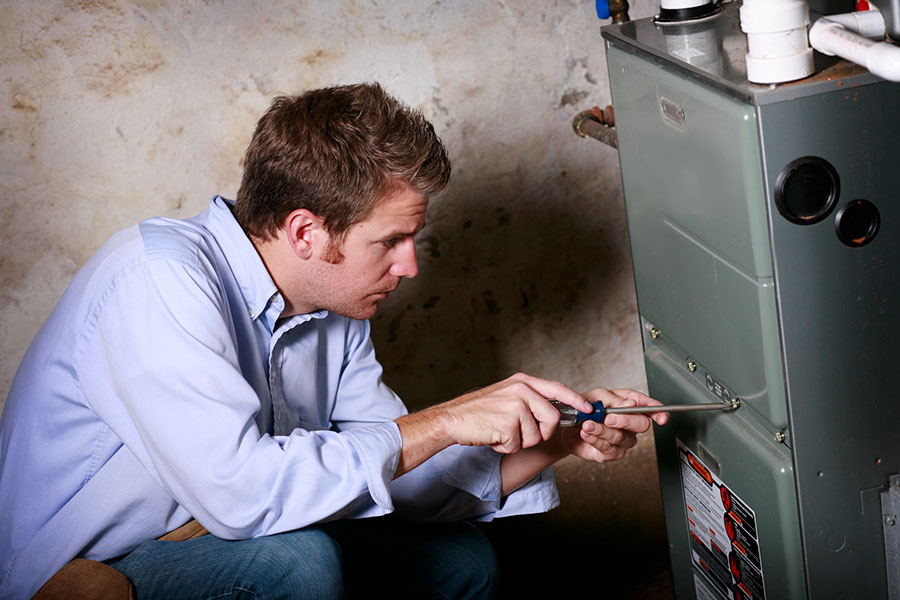
If you have a high-efficiency unit, open the panel and inspect for rust or water. Either indicates the need for a pro, since the furnace should be capable of draining the moisture that it collects from the heat exchanger on the exhaust. If the interior is dry, vacuum out any dust.
Change the filter, which Walker recommends doing monthly.
4. Adjust the humidifier
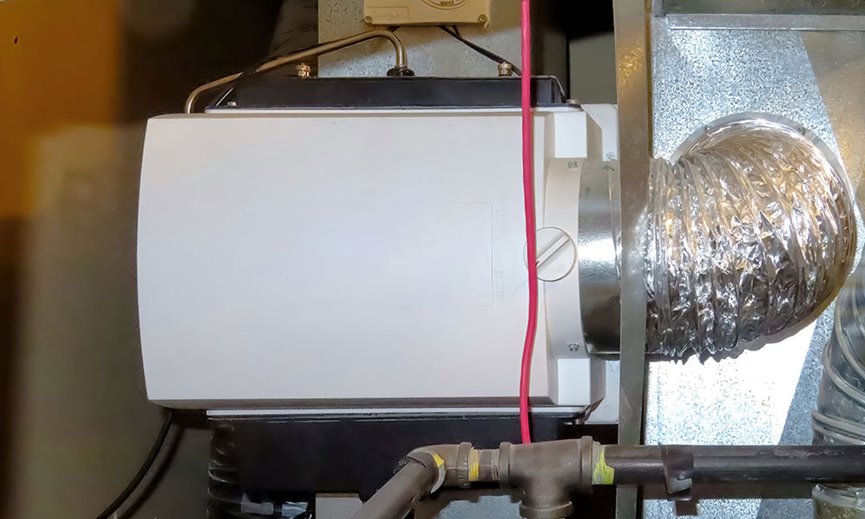
If you turned off the humidifier for the summer, it’s time to turn it on again – but not too much.
“The best you can hope for is maybe 30% humidity [in the winter],” says Walker. Above that, you risk frost on the windows that can turn into water on the walls, and that can lead to mold. Make sure the water panel evaporator (that wire-mesh piece inside) is free of calcium residue left by hard water.
5. Test the detectors
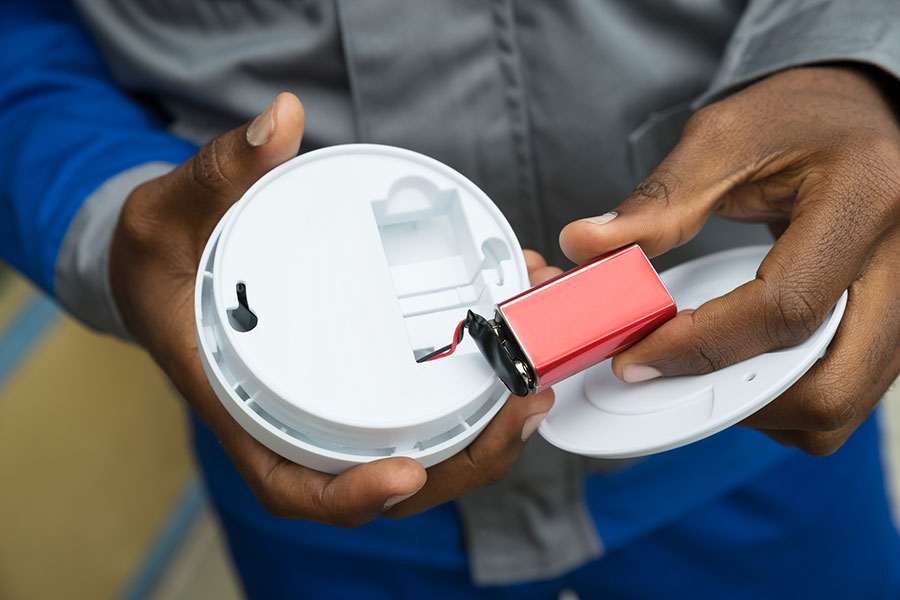
With the furnace firing up regularly, fall is the time to check the status of detectors for smoke and carbon monoxide, a poisonous byproduct of gas-burning appliances that is normally exhausted outdoors. “It kills people,” says Walker. “It’s not some trivial thing.”
If these detectors aren't wired into your electrical system, change the batteries and test the alarms. Replace them before they’re 10 years old. Then rest through those cold winter nights with peace of mind – and start looking forward to spring.